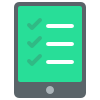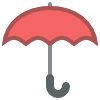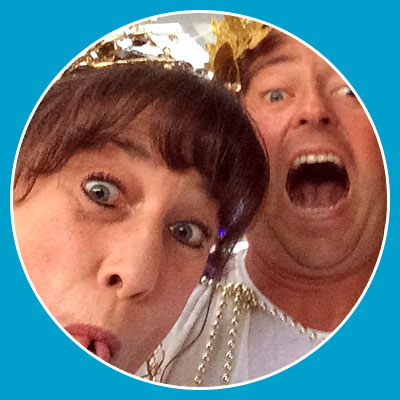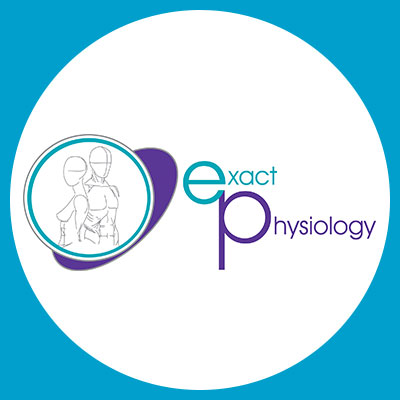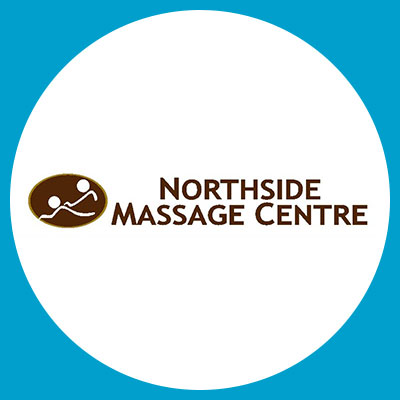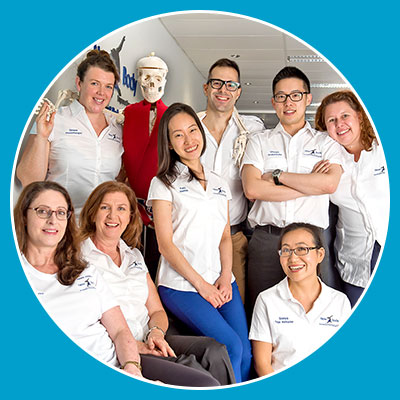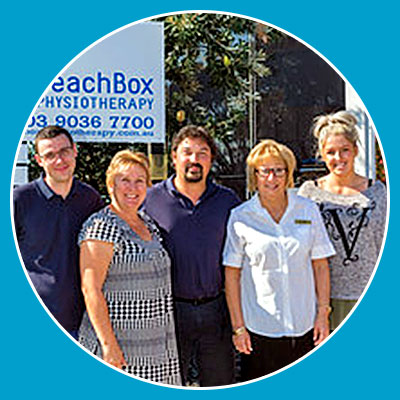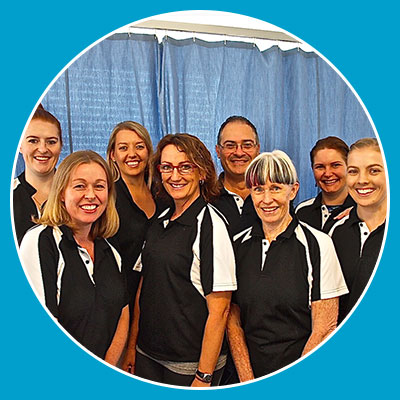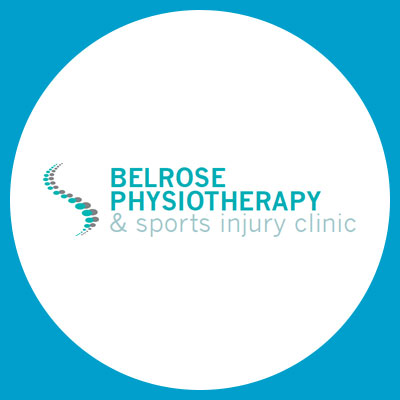Osteopathy clinical note software plays a pivotal role in your practice, enabling you to record your patients’ information and track their treatment progress. Ideally, your software should provide the functionality and support needed to create customised notes for your patients.
The adaptability of digital patient notes can enhance effective and precise documentation, making it readily available for future treatment sessions or when sharing information with other healthcare providers within your practice.
Putting the Digital into Osteopathic Clinical Notes
Digital clinical notes are essential in this modern age to ensure you and your team can collaborate together and improve your patient’s treatment outcomes.
The following list pinpoints what the features of well-tuned clinical notes could look like:
Enhanced Continuity of Care: Clinical notes help to create a cohesive approach to your patient’s care and aid in minimising the risk of miscommunication or oversights during transitions between healthcare providers within your clinic.
Progress Tracking: Your patient notes can also provide a clear timeline of each patient’s progress. You and your team can easily track improvements while monitoring any possible concerns allowing for adjustments to be easily made.
Customisable Clinical Notes: Having templates available that you can manipulate to fit exactly how you want them to be presented is crucial for helping to provide effective patient care.
Patient Education: Clinical notes can be used for patient education and engagement. You can share relevant portions with your patients to help explain their treatment plans and show their overall progress. This transparency fosters patient involvement in their care and builds a level of trust.
Osteopathic free software might not be cloud-based or offer the clinical note features you desire, so it is worth taking the time to ensure you choose the best software for your practice.
Step Up Clinical Note Security to the Maximum
Clinical notes contain sensitive patient information regarding their treatments so they must be protected from unwarranted access from outside parties.
Your osteopathic software should have the features and functionality to ensure all clinical data is safe, and so the following should be a part of your software.
Managed Authorisation: Clinical notes hold confidential information, yet there will be occasions when your team needs to collaborate and review patient records together to ensure consistent patient care.
Your software should enable secure collaboration among your team by granting access permissions for specific patient records.
Protecting Data: Cloud-based software can promptly elevate the security level of your patient’s records. Data encryption serves as a shield against any potential breaches within your practice, ensuring that even if unauthorised access occurs, the data remains inaccessible to unwarranted parties.
Billing Adds up Using Osteopathic Practice Management Software
Billing within your practice is essential to keep the flow of revenue coming in through the doors. So you need to ensure your software meets the requirements for your practice.
Streamlined Billing: Ensure that your osteopathic billing software provides seamless invoicing systems. This ensures that billing processes are efficient, accurate, and in compliance with healthcare regulations, reducing the risk of financial discrepancies.
Secure Billing Data: Just as clinical notes require robust security measures, billing data also needs protection. Ensure that your software extends its security protocols to cover billing information, preventing unauthorised access and safeguarding patients’ financial data.
Having the best osteopathic software for your practice enhances the efficiency and precision of your billing operations but also plays a pivotal role in maintaining the financial health of your practice.
With streamlined billing integration and secure billing data protection, you can rest assured that your practice is not only delivering top-notch patient care but also managing its revenue with the utmost diligence and professionalism.
Scheduling and Clinical Notes Stick Together
A well-designed osteopathic practice management software not only streamlines these two crucial aspects but also ensures they work in perfect harmony to deliver superior patient care and efficient practice operations.
Osteopathic scheduling software helps to streamline the process of booking appointments, reduces your staff’s administrative workloads and aids in minimising scheduling conflicts. This efficiency means that you and your team can optimise their daily schedules, ultimately seeing more patients and improving practice revenue.
Patients benefit from streamlined processes, and they expect their healthcare providers to be focused on their needs during the appointment rather than being bogged down by administrative tasks. Additionally, having accurate and up-to-date patient notes ensures that your team can provide personalised care based on their specific needs and history.
The integration of scheduling and digital patient notes in osteopathic practice management form a mutually beneficial relationship, enhancing efficiency, elevating patient care, and ultimately contributing to the overall success of the practice. It’s a scenario where both your staff and patients enjoy smoother and more effective interactions, creating a win-win situation.
Summarising the Importance of Clinical Notes in Osteopathy
Clinical notes serve as a vital part of patient care. They provide a detailed record of your patient’s medical history, treatment plans, and progress, ensuring that your team can deliver consistent and informed care throughout the patient’s healthcare journey.
In summary, clinical notes are the cornerstone of high-quality osteopathic care, facilitating continuity, compliance, communication, and improvements in patient treatment and practice operations.




